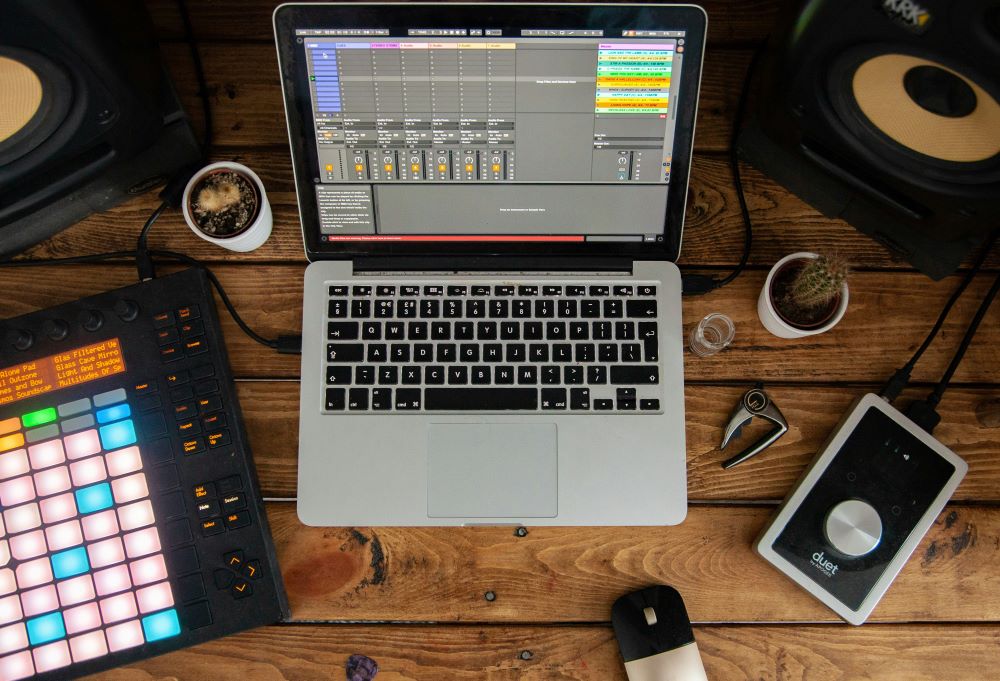The fair use doctrine is an important aspect of copyright law, and now days when there are so many content creators, it is especially crucial to understand. The fair use doctrine allows for limited use of copyrighted material without permission from the rights holders! Imagine that, you can use copyright protected material without permission for limited uses. But how can this be possible?
What is the Fair Use Doctrine?
Fair use is outlined in the U.S. Copyright Act of 1976, which identifies four key factors courts consider for fair use:
1. Purpose and Character of the Use: Uses that are transformative or for nonprofit educational purposes are more likely to be deemed fair use.
2. Nature of the Copyrighted Work: Factual works are more likely to be subject to fair use than highly creative works.
3. Amount and Substantiality: Using a small portion of the work is generally more favorable, but even a small amount can be too much if it constitutes the “heart” of the work.
4. Effect on the Market: If the use adversely affects the market for the original work, it is less likely to be considered fair use.
Practical Examples for Content Creators:
– Education and Research: Using excerpts for teaching, educational videos, or academic papers often qualifies as fair use.
– Commentary and Criticism: Quoting works for review or critique purposes is typically fair use.
– Parody and Satire: Parodies that mimic a work to make a comedic point often fall under fair use.
– News Reporting: Journalists may use portions of works to inform the public about current events.
Music sampling, for example, involves taking a portion of a sound recording and reusing it in a different song or piece. For content creators in the music industry, understanding fair use is crucial to avoid copyright infringement. Whether a sample constitutes fair use depends on how transformative the new work is, the amount of the original used, and its impact on the market value of the original song. Courts often scrutinize music sampling cases closely, making it essential for content creators to seek legal advice or obtain proper licensing to avoid potential legal battles.
Challenges and Misconceptions:
Fair use is not always clear-cut and must be determined on a case-by-case basis. It serves as a defense rather than a right, meaning you might still face legal challenges even if you believe your use is fair. A common misconception is that all non-commercial use is fair use, but this is not automatically true. The context and significance of the portion used play a crucial role.
Avoiding Copyright Infringement
Content creators must be vigilant to avoid copyright infringement. Understanding fair use helps in making informed decisions about using copyrighted materials. If your use doesn’t meet fair use criteria, you could face copyright infringement claims and lawsuits, which can be costly and damaging.
Conclusion
The fair use doctrine is essential for balancing the rights of creators with public interest. By understanding its principles, content creators can make informed decisions about using copyrighted materials and avoid potential legal issues related to copyright infringement. Stay informed to navigate this complex area of law effectively.
For more insights on copyright law and how to avoid copyright infringement, follow our blog or contact Joseph Legal PLLC for more information.
This post is for informational purposes only and does not constitute legal advice.


